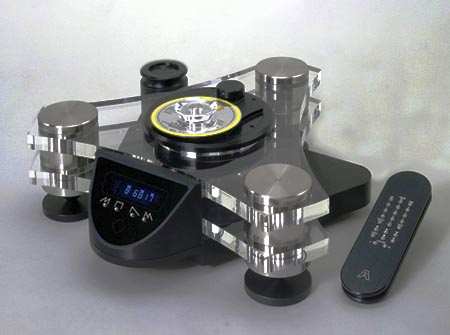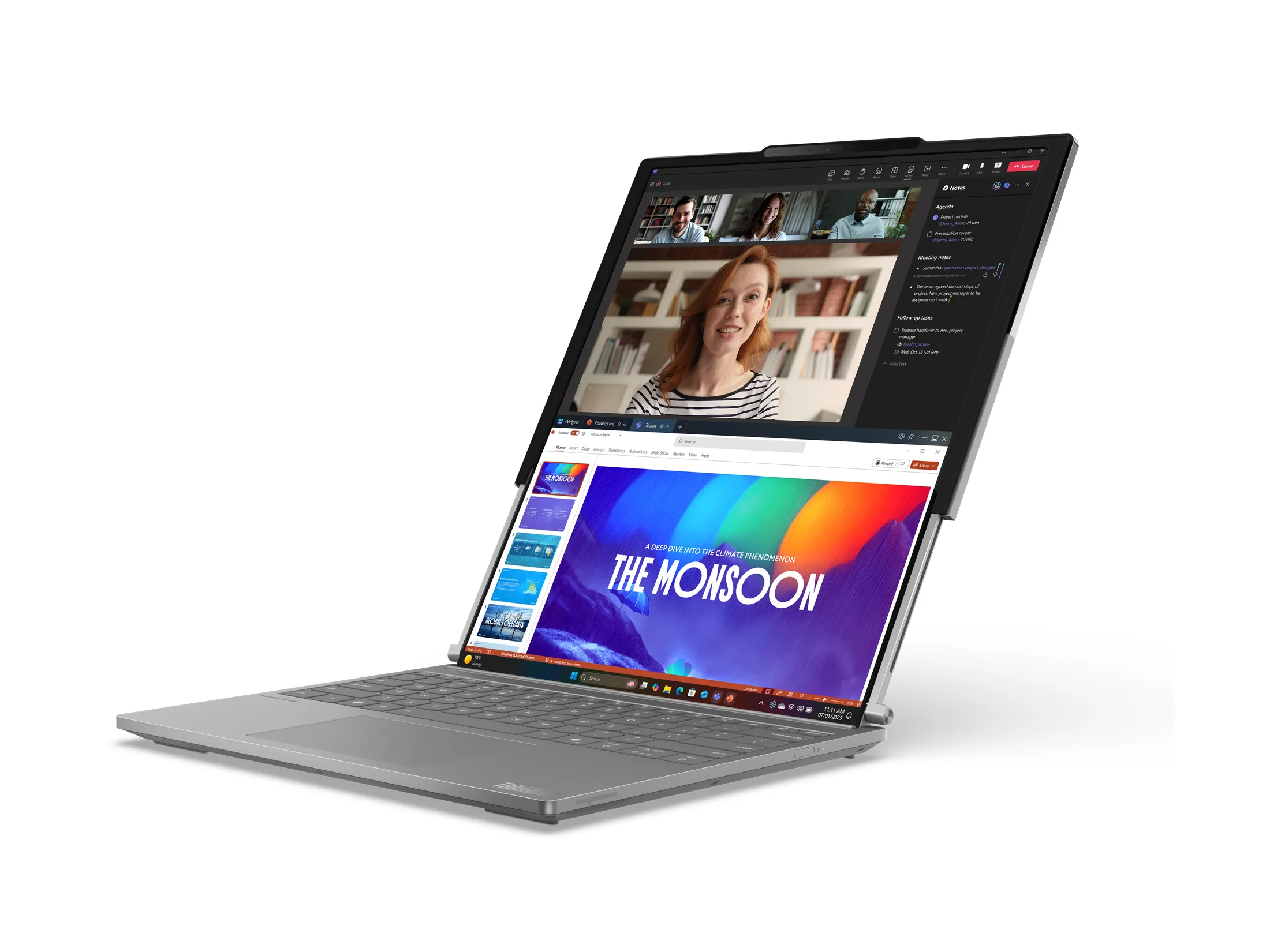
By Josh Ray
Audio nuts world over know CDs are ultimately inferior to vinyl. CD players have gotten better and better in the 20 years since the silver disc’s debut but, alas, they’ve never reached the level of high-end turntables…until now.
Pictured is the $23,000 Kalista CD transport made by Metronome Technologie. By enlisting the help of French military and aerospace manufacturers, Metronome is said to have finally created a CD player that achieves vinyl-quality sound. While trivial things like, oh, a car and college tuition may be more important to you, for certain crazy individuals, vinyl-like CD playback is a big, big deal. Go here for more info and a review of the Kalista.










